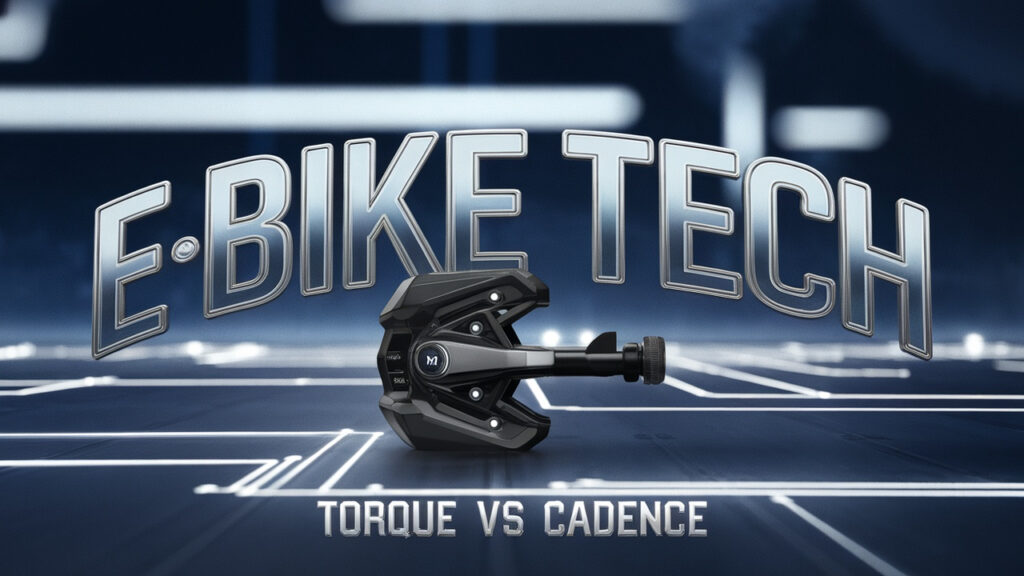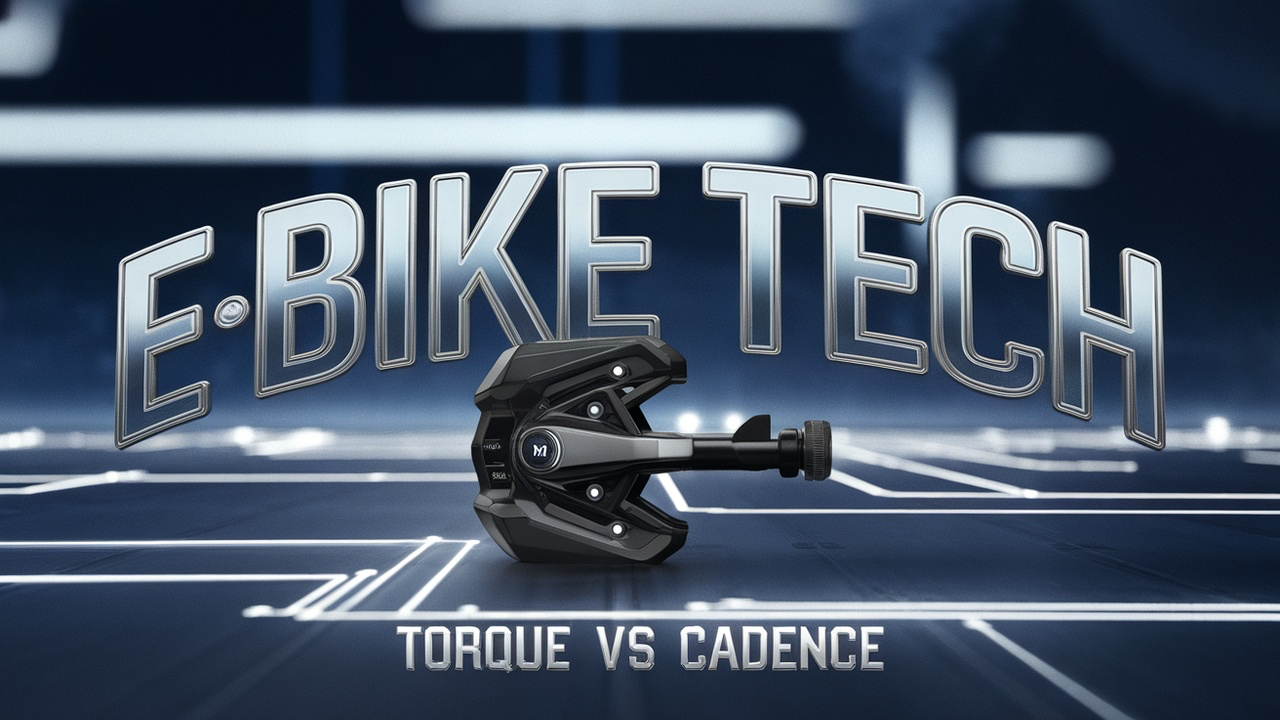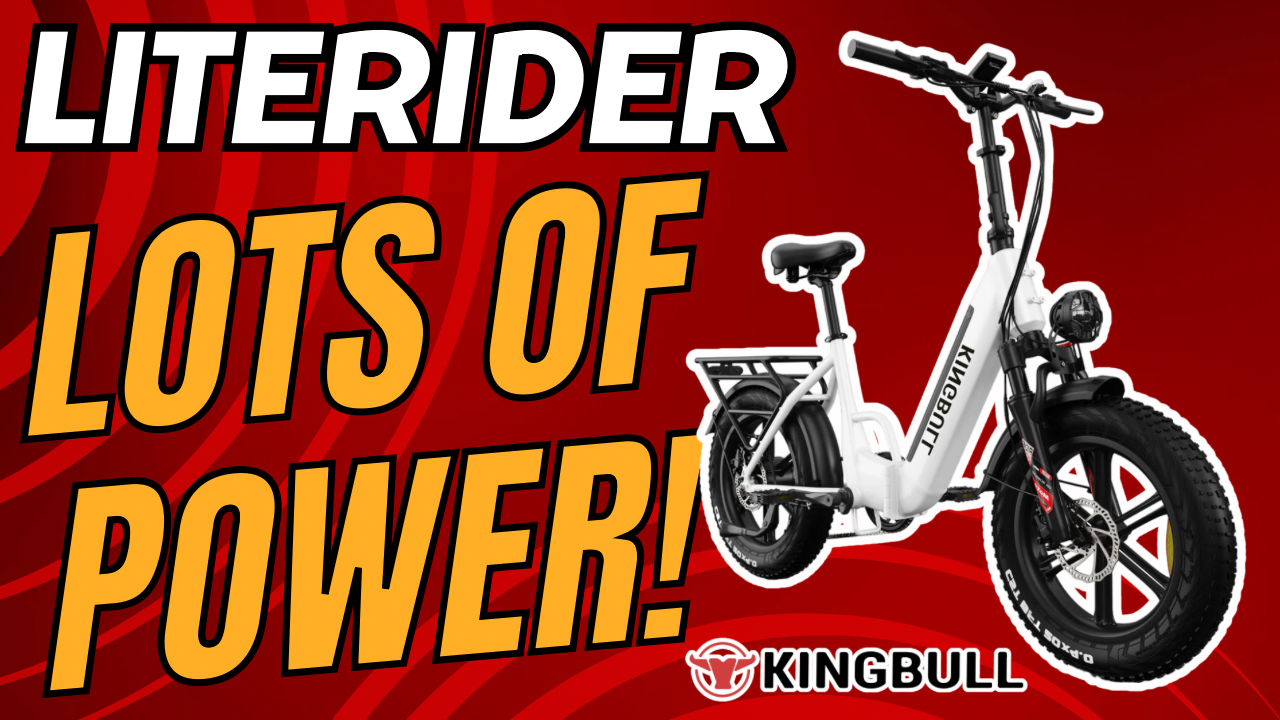As e-bikes become increasingly popular, understanding the technology behind them is crucial for making an informed purchase. Two key components that often come up in discussions are torque sensors and cadence sensors. Both play an integral role in the pedal-assist system, but they operate differently and offer distinct riding experiences. Let’s dive into the differences, benefits, and drawbacks of these two sensor types to help you decide which one suits your needs best.
What Are Torque Sensors?
Torque sensors measure the force you apply to the pedals and adjust the motor’s assistance accordingly. In essence, the harder you pedal, the more power the motor provides. This creates a seamless and intuitive riding experience that mimics a traditional bicycle while amplifying your effort.
Advantages:
- Natural Ride Feel: Torque sensors provide a smooth and responsive experience that feels like an extension of your pedaling.
- Efficiency: By only supplying power based on your input, torque sensors can improve battery efficiency.
- Hill Climbing: Excellent for climbing hills, as the motor’s assistance adjusts dynamically to your effort.
Disadvantages:
- Higher Cost: E-bikes with torque sensors are typically more expensive.
- Complexity: The advanced technology can make these systems more prone to maintenance issues.
What Are Cadence Sensors?
Cadence sensors, on the other hand, measure how fast you’re pedaling (your cadence) and provide motor assistance based on your pedaling speed. Once you begin pedaling, the motor engages and maintains assistance regardless of the force applied.
Advantages:
- Affordability: E-bikes with cadence sensors are generally more budget-friendly.
- Simplicity: The technology is straightforward and reliable, with fewer components that could require maintenance.
- Ease of Use: Ideal for casual riders or those who prioritize minimal effort.
Disadvantages:
- Less Intuitive: Cadence sensors can feel less natural, as the motor assistance may lag or surge based solely on pedaling speed.
- Battery Consumption: They tend to consume more battery power since assistance is not proportional to effort.
- Hill Performance: Less effective for climbing steep hills, as they don’t adjust to pedaling force.
Key Considerations When Choosing
- Riding Style:
- If you prioritize a natural ride feel and enjoy long-distance or hilly rides, torque sensors may be the better choice.
- For leisurely commutes or flat terrain, cadence sensors are often sufficient and cost-effective.
- Budget:
- Torque-sensor e-bikes are typically in the higher price range due to their advanced technology.
- Cadence-sensor models are more accessible to budget-conscious riders.
- Battery Life:
- Torque sensors help optimize battery usage, which is advantageous for extended rides.
- Cadence sensors may require more frequent charging, especially on power-intensive rides.
Let’s sum it up
Choosing between a torque sensor and a cadence sensor ultimately comes down to your preferences and riding habits. Torque sensors provide a more refined and dynamic experience, making them ideal for avid cyclists and those tackling diverse terrains. Meanwhile, cadence sensors offer a simple and affordable solution for casual riders who value ease of use.
Before making your decision, test ride e-bikes equipped with both types of sensors to experience the difference firsthand. By understanding how each sensor operates and aligns with your needs, you’ll be well-equipped to select the perfect e-bike for your adventures.






Leave a Reply